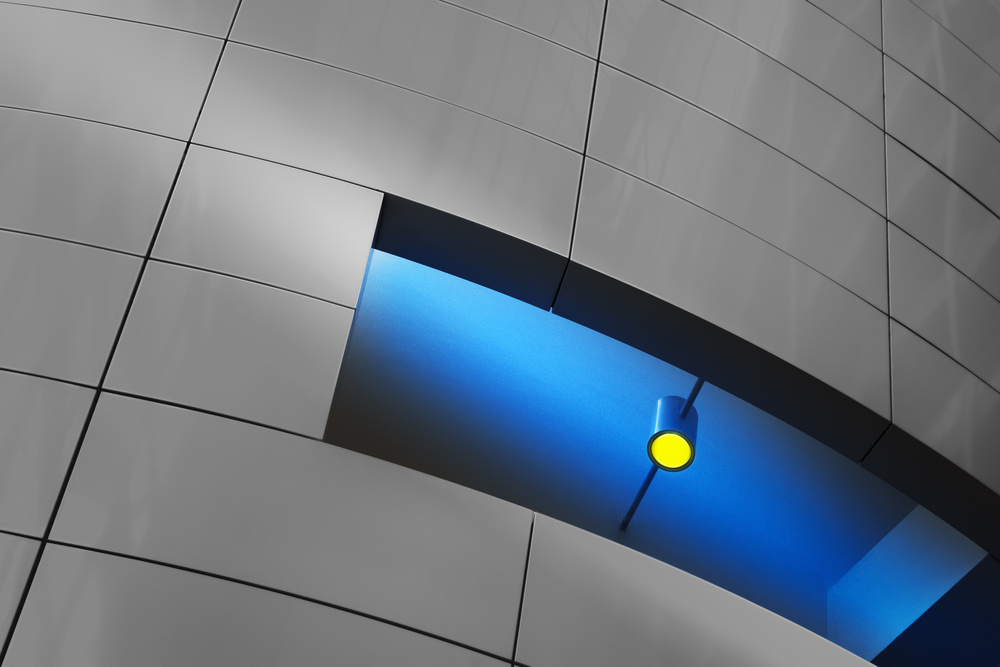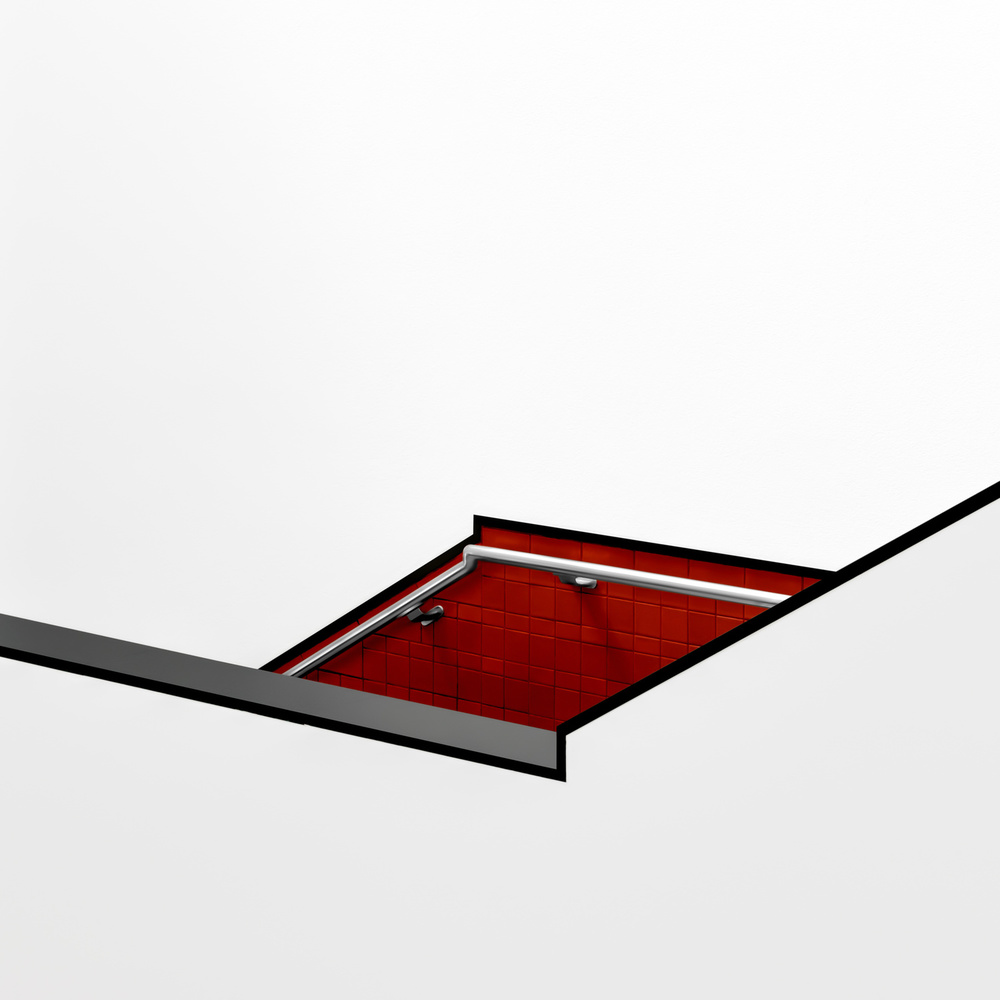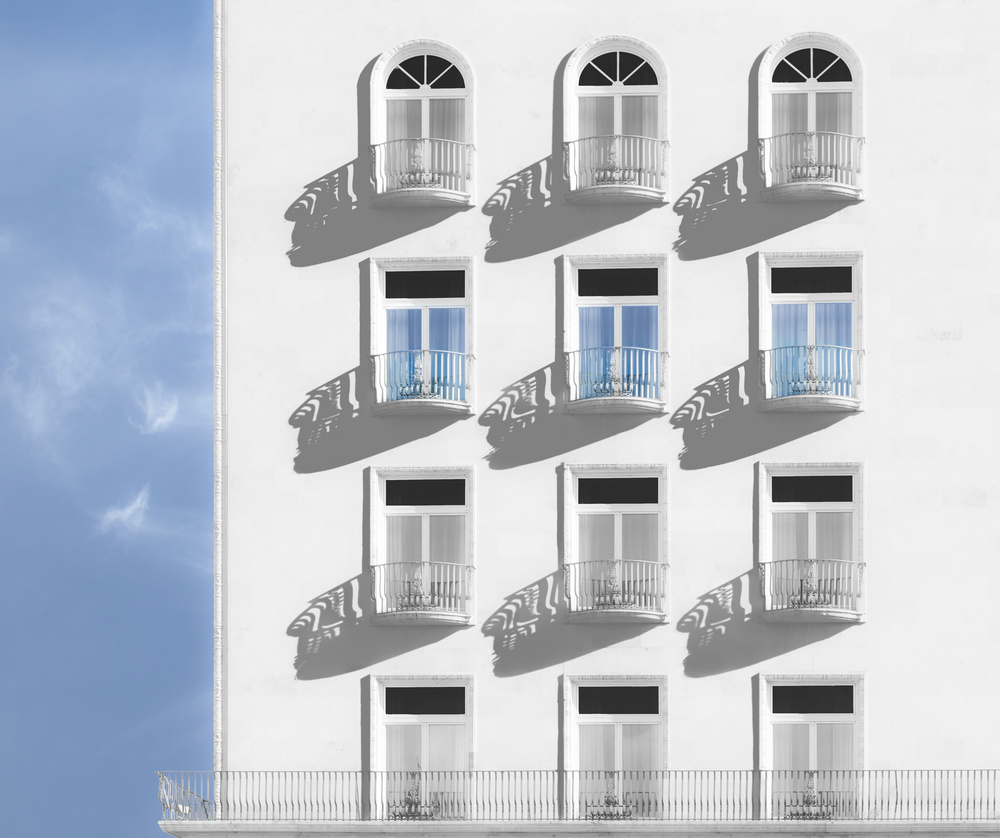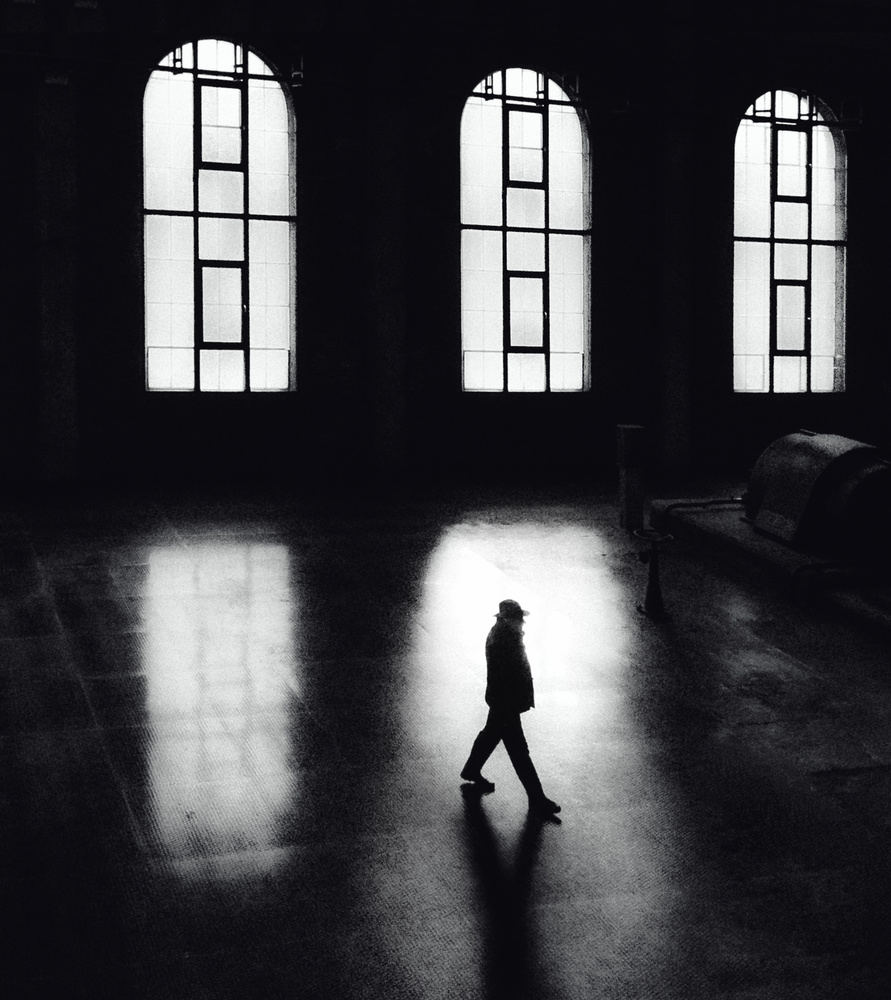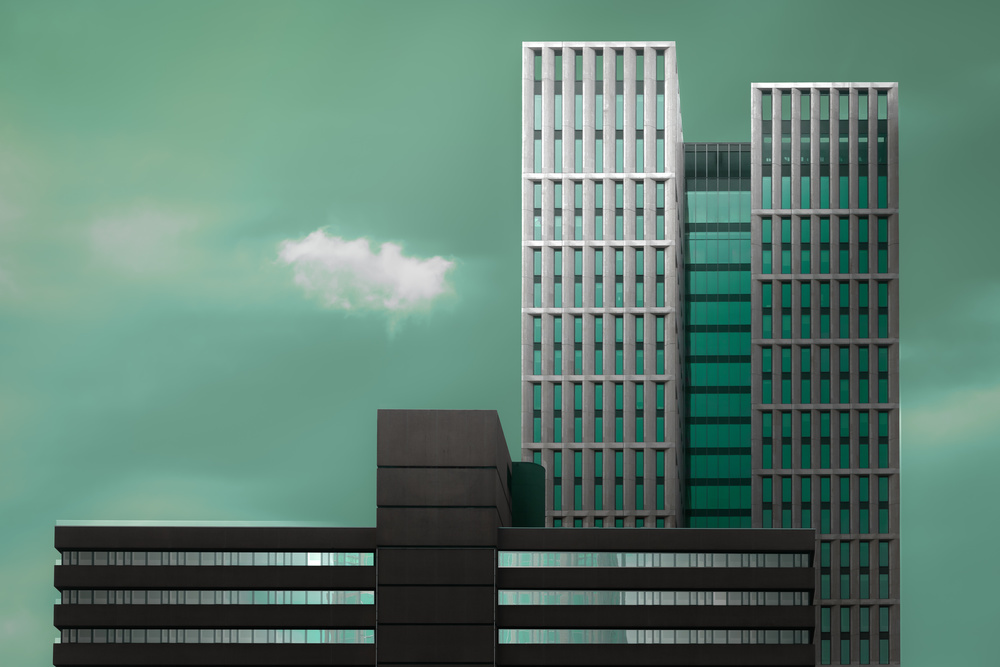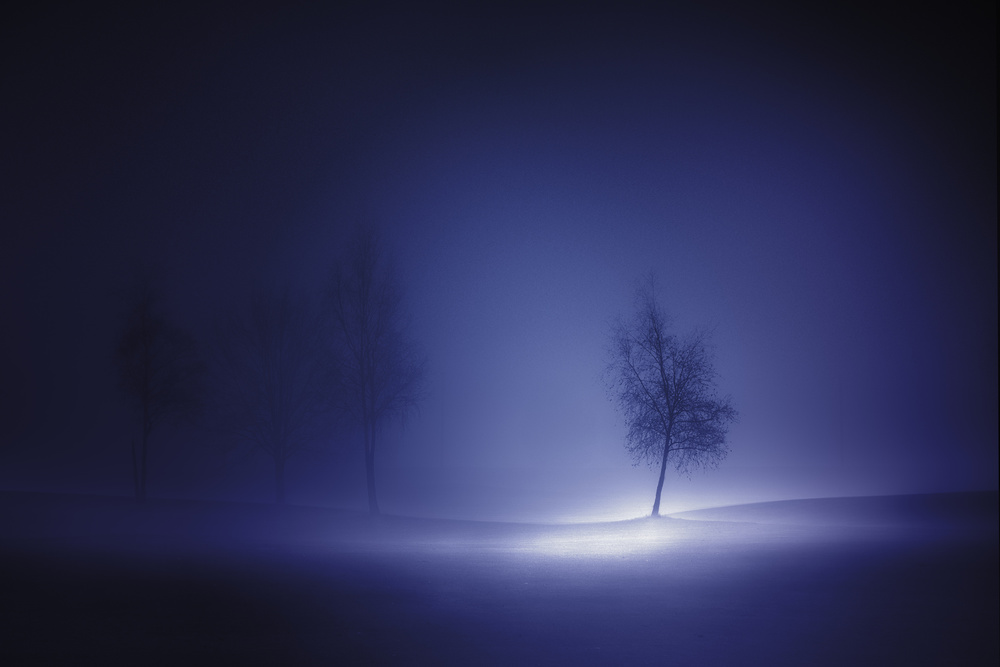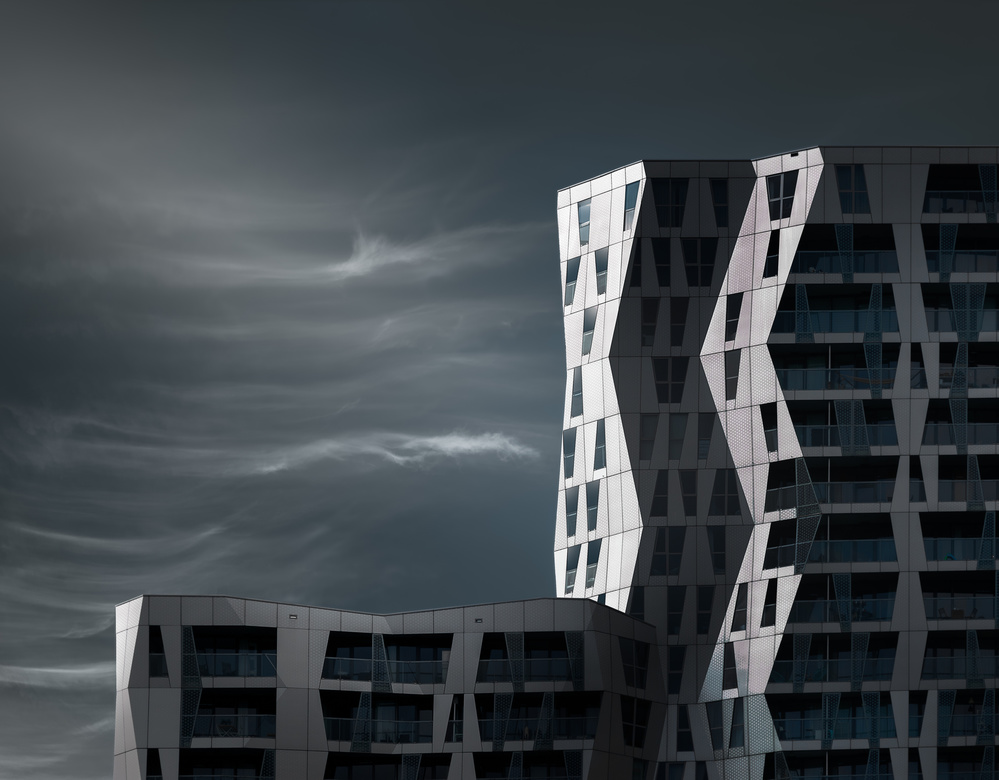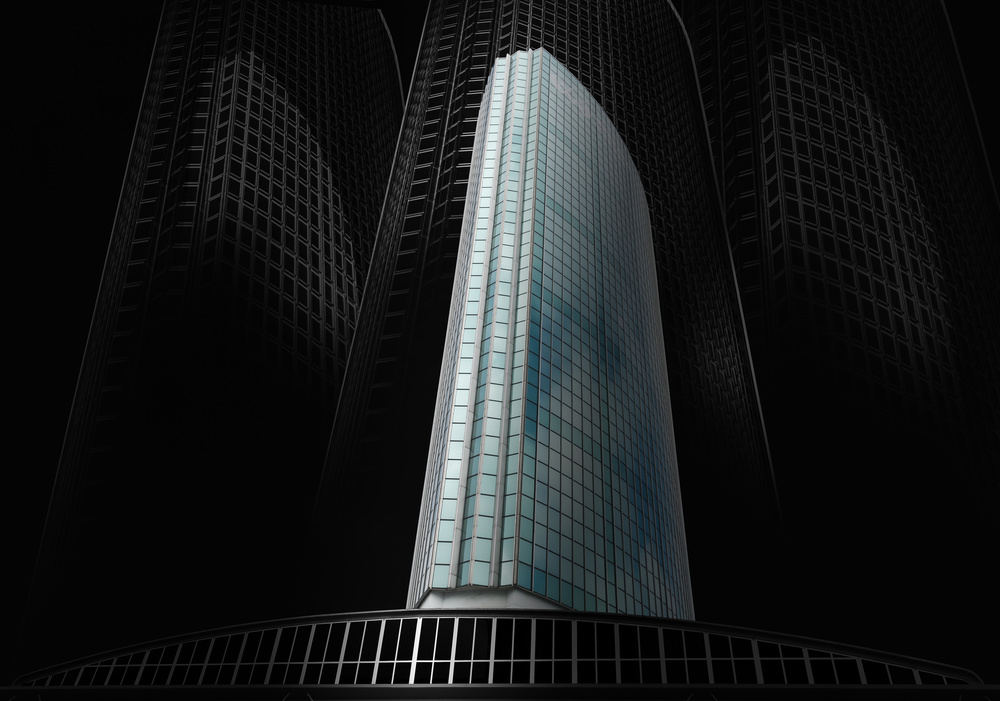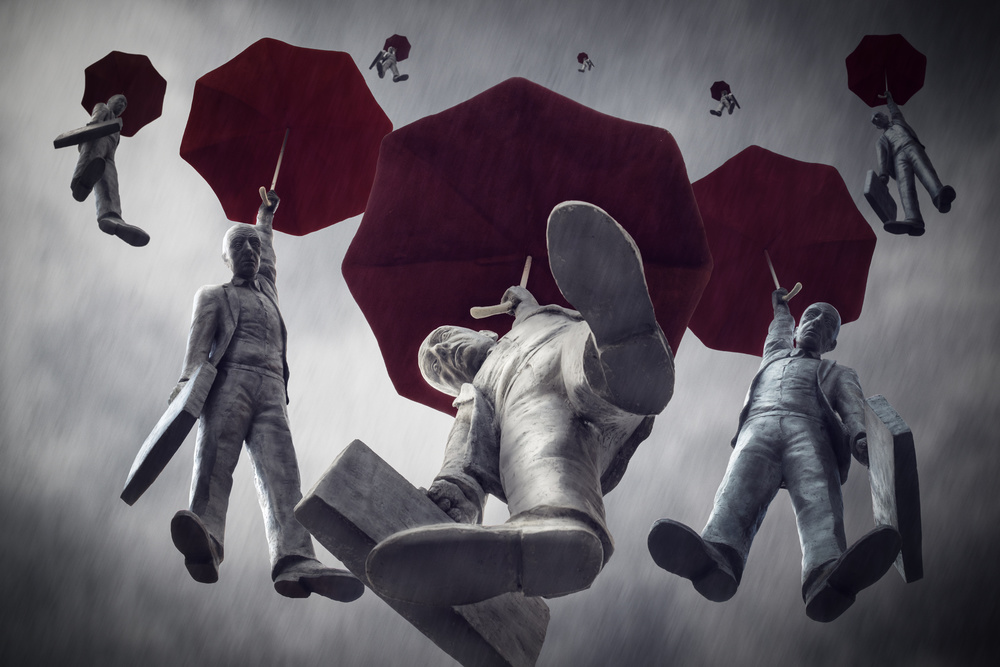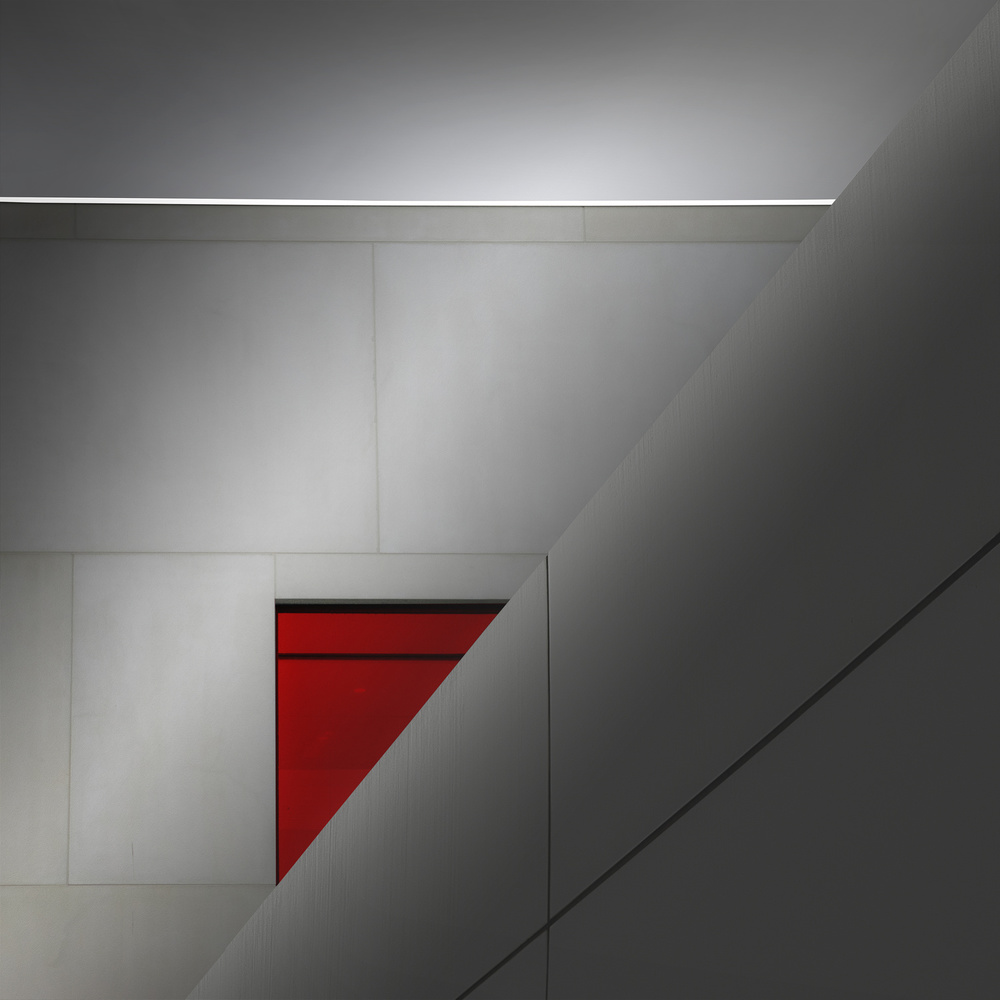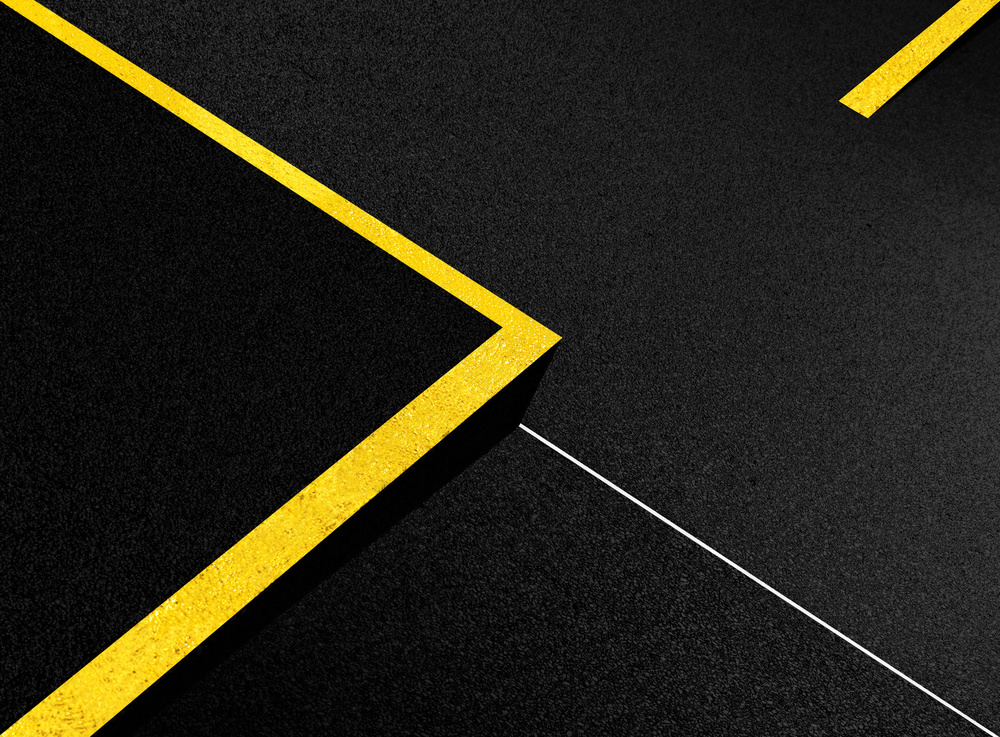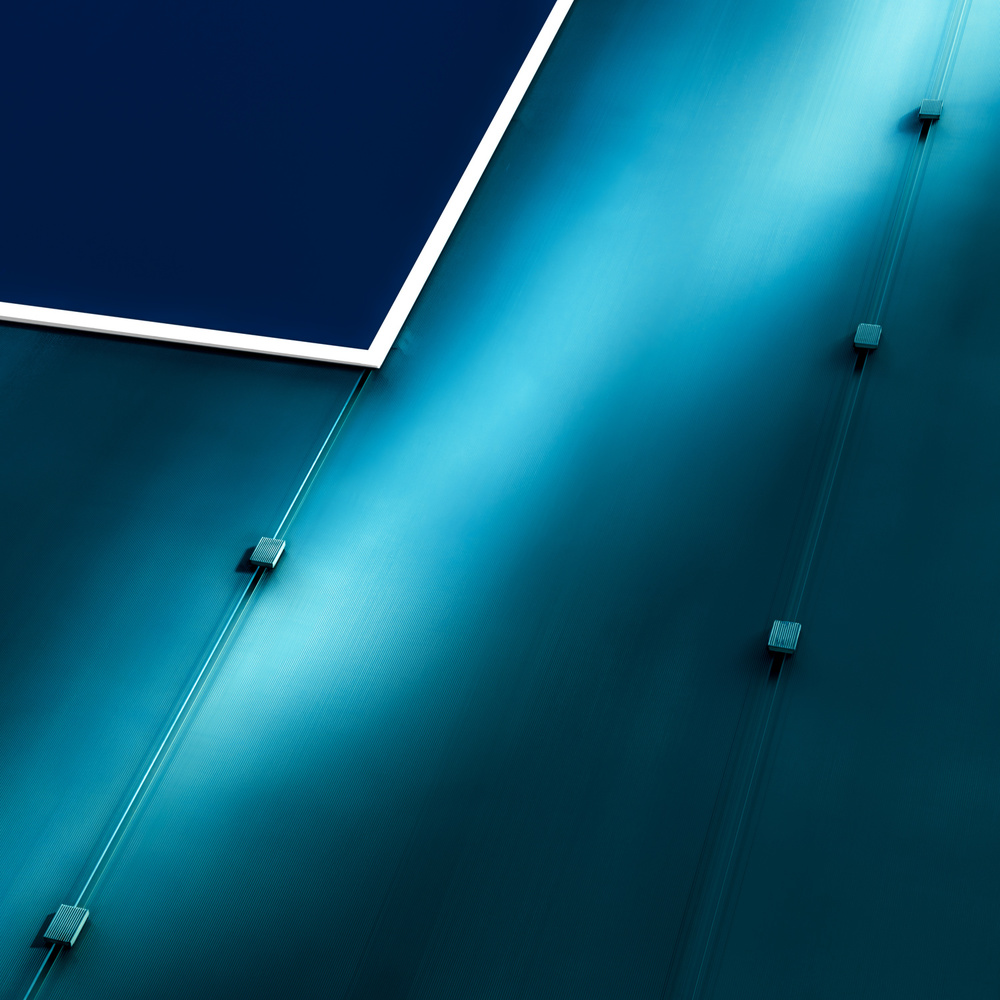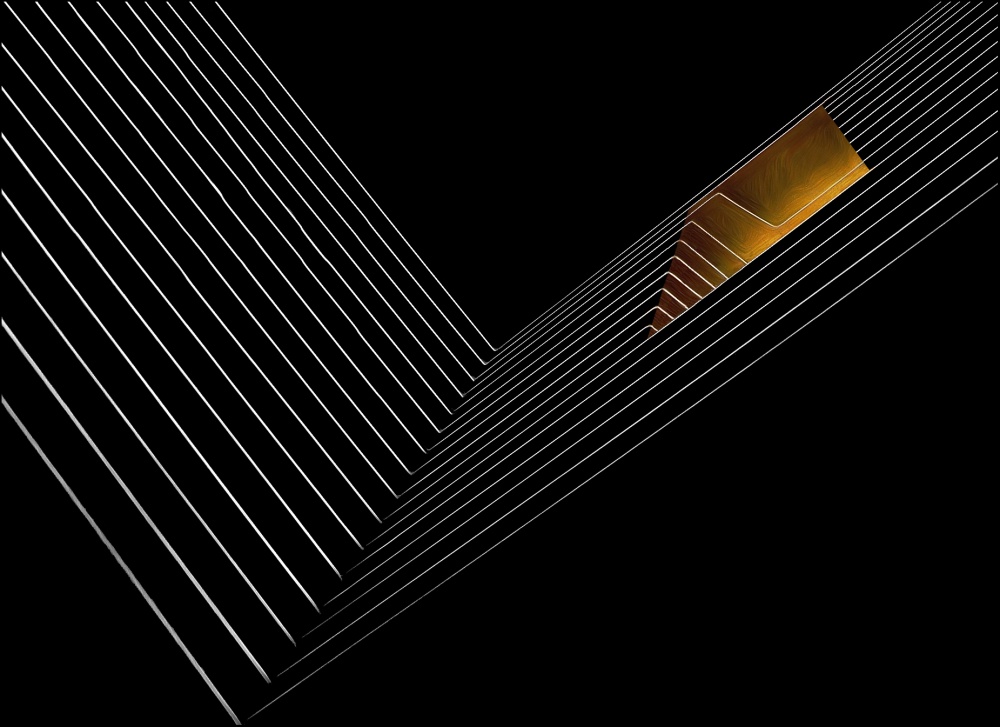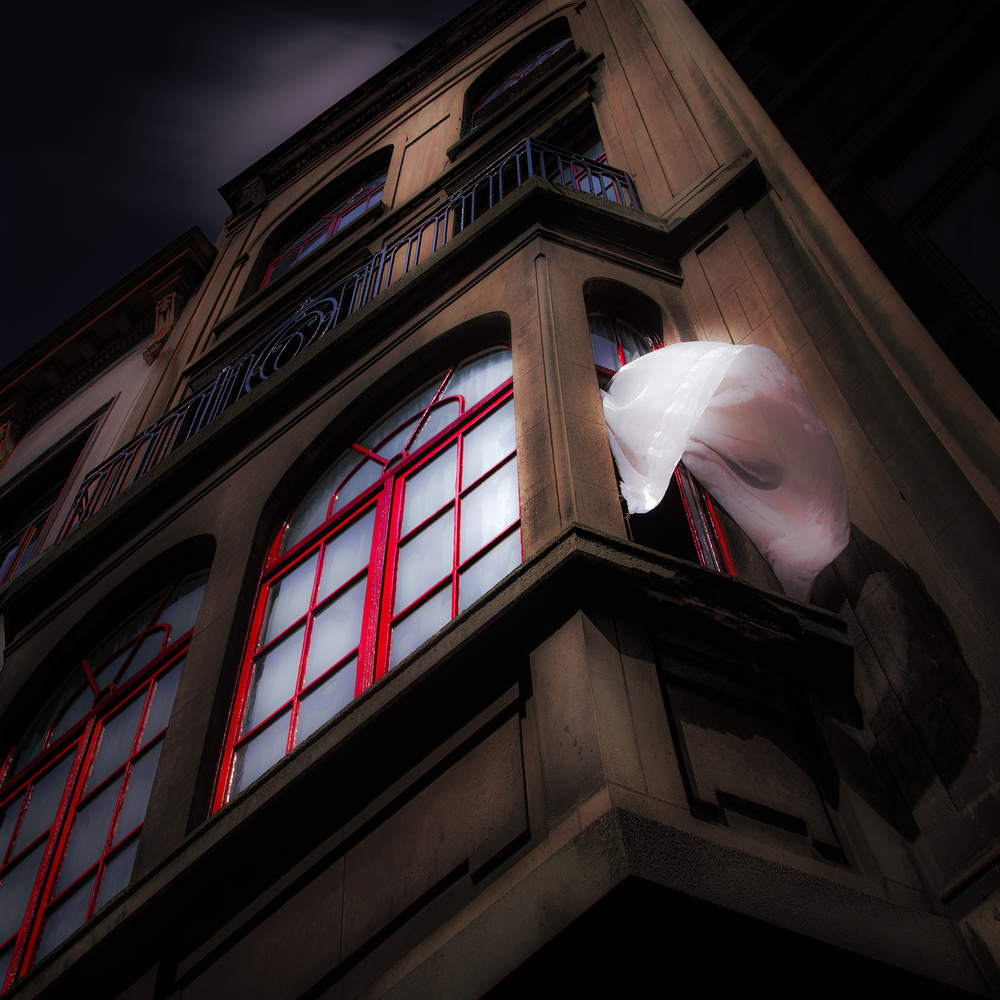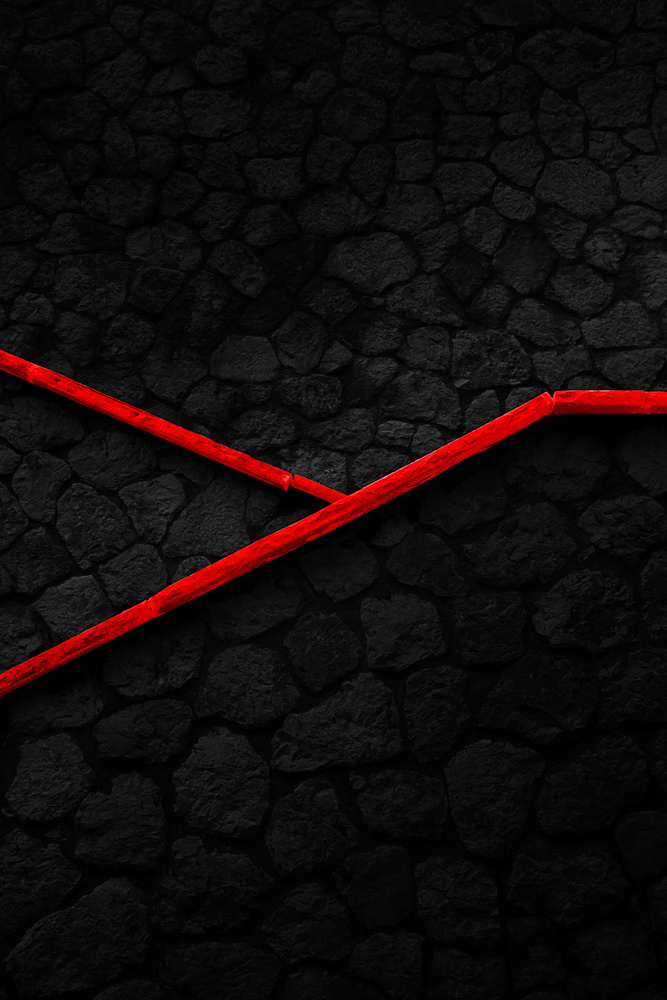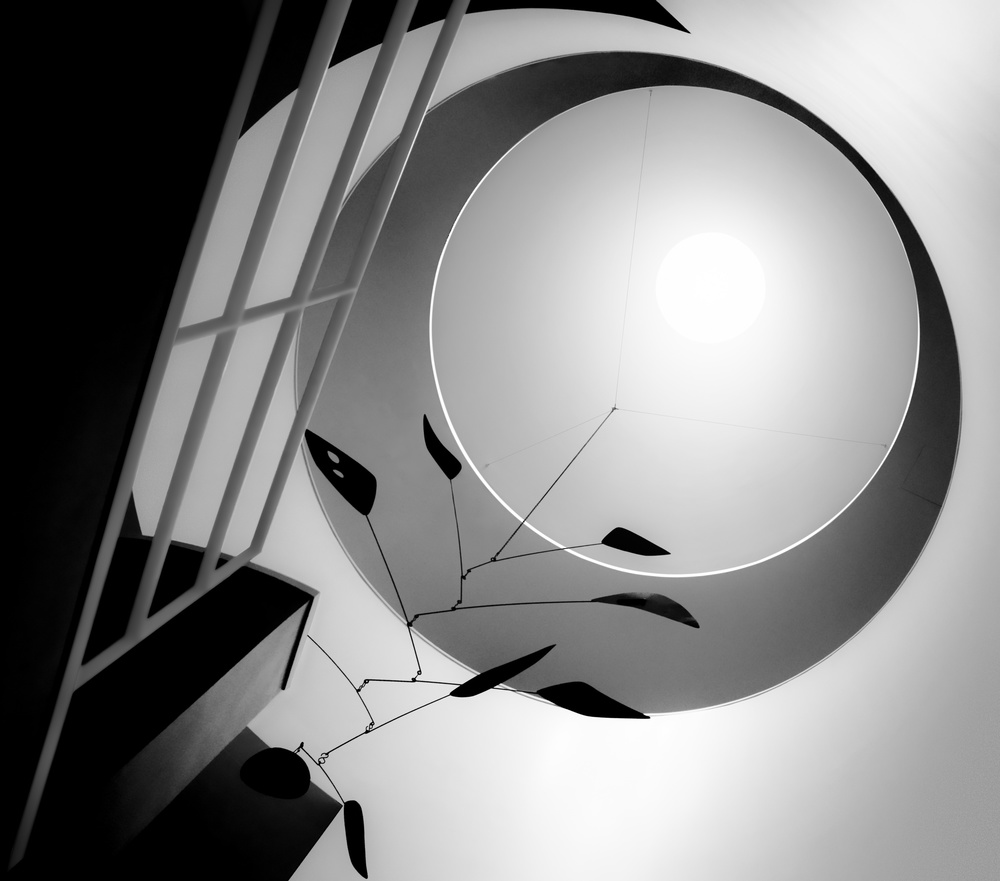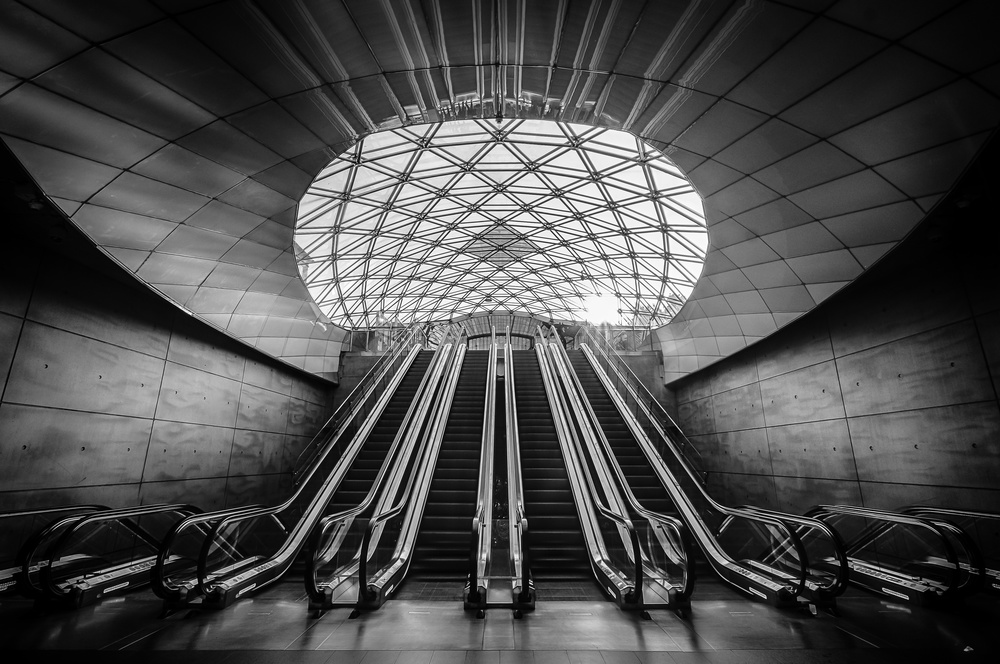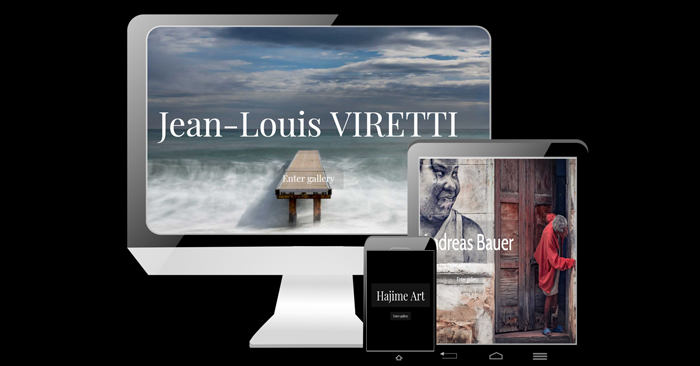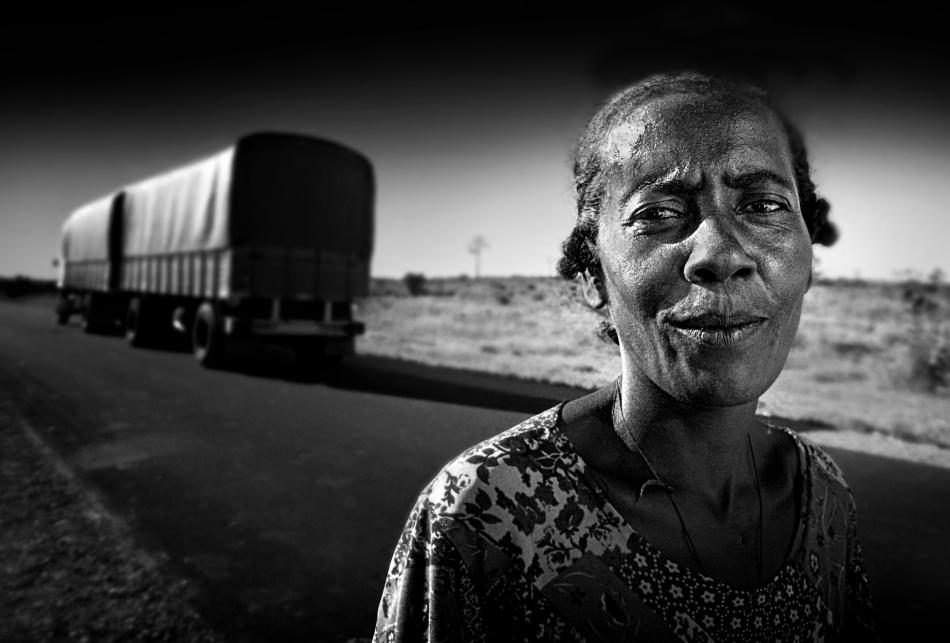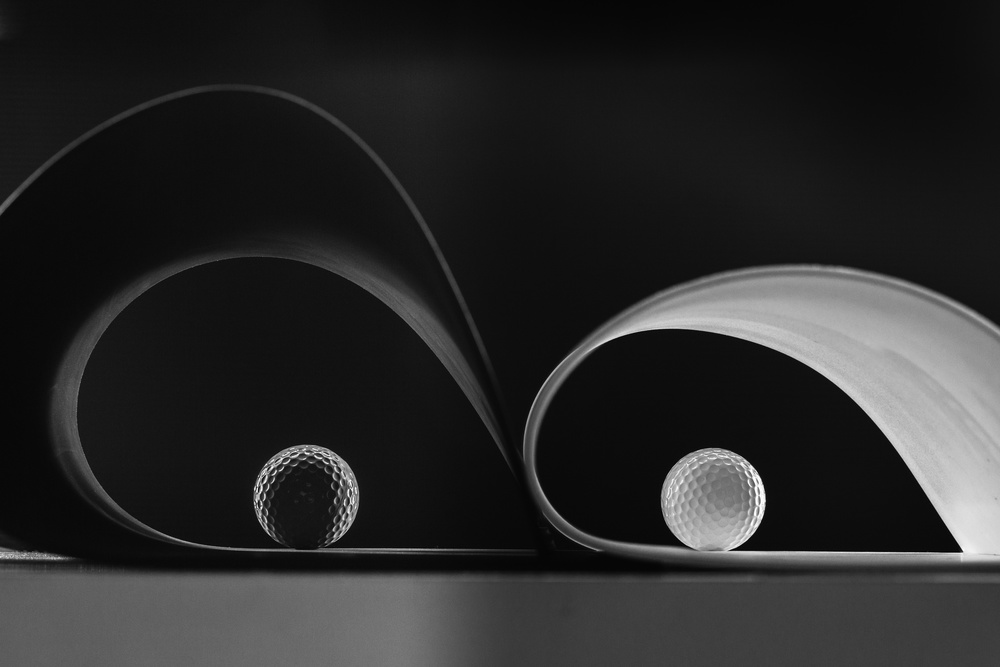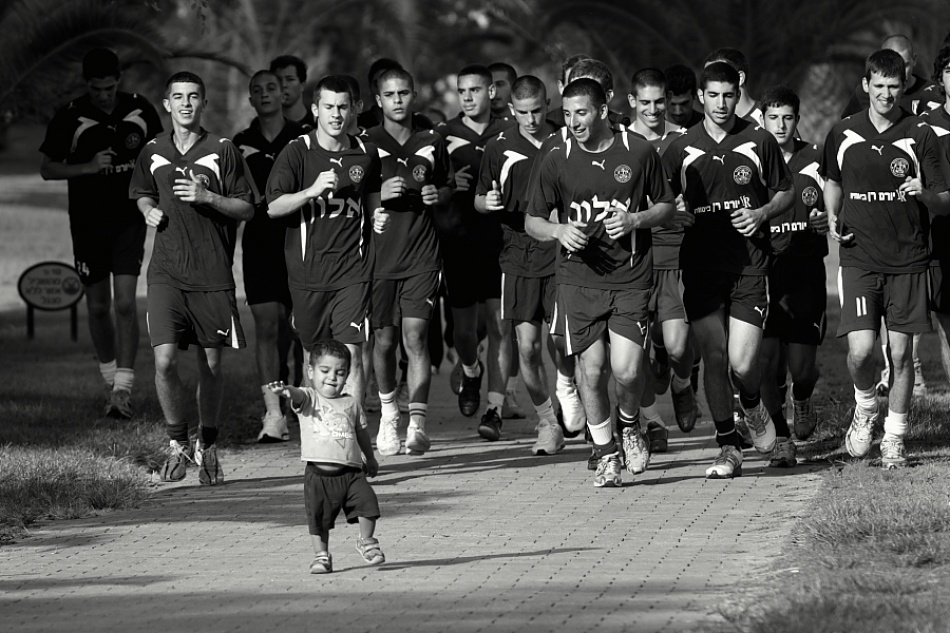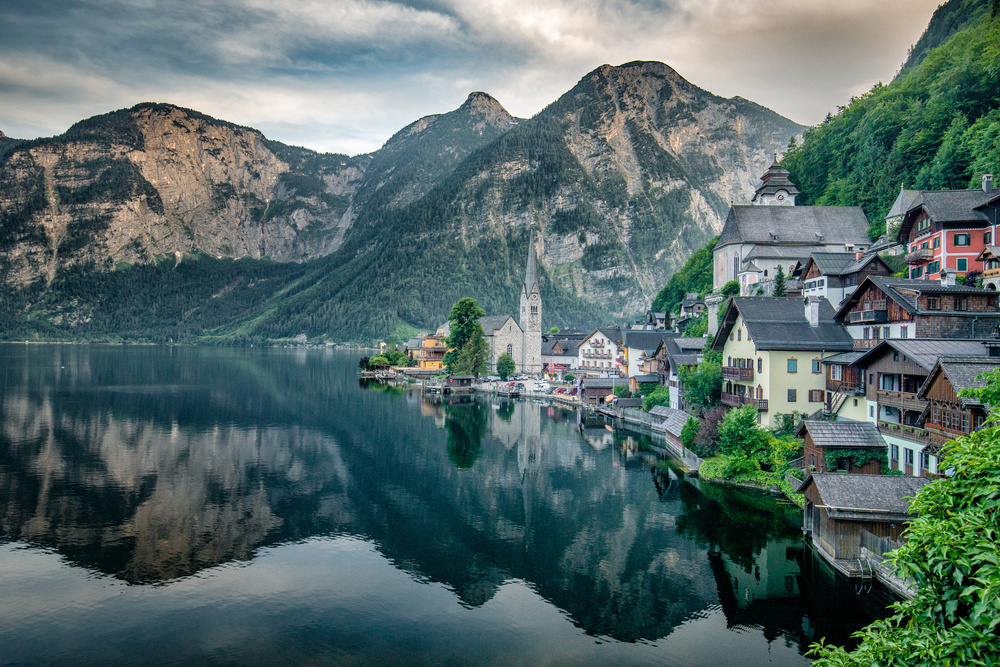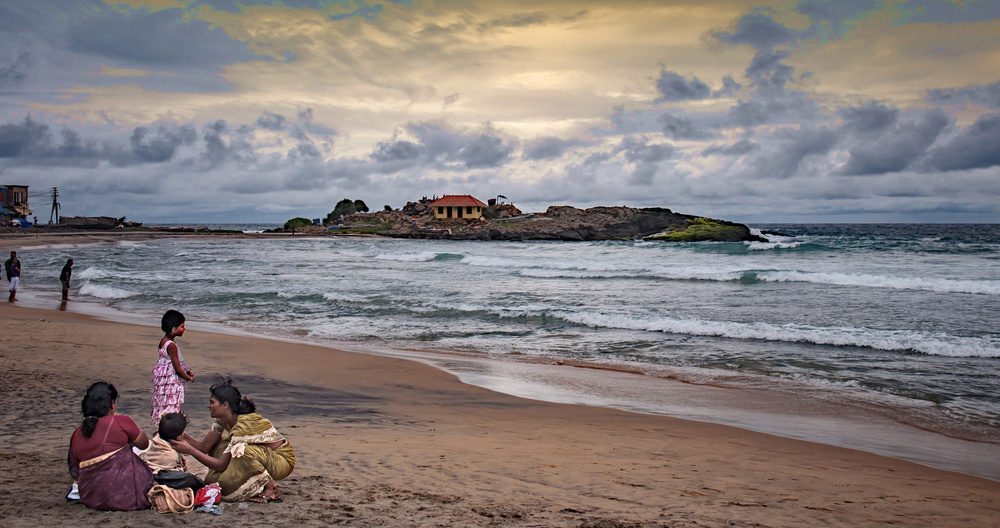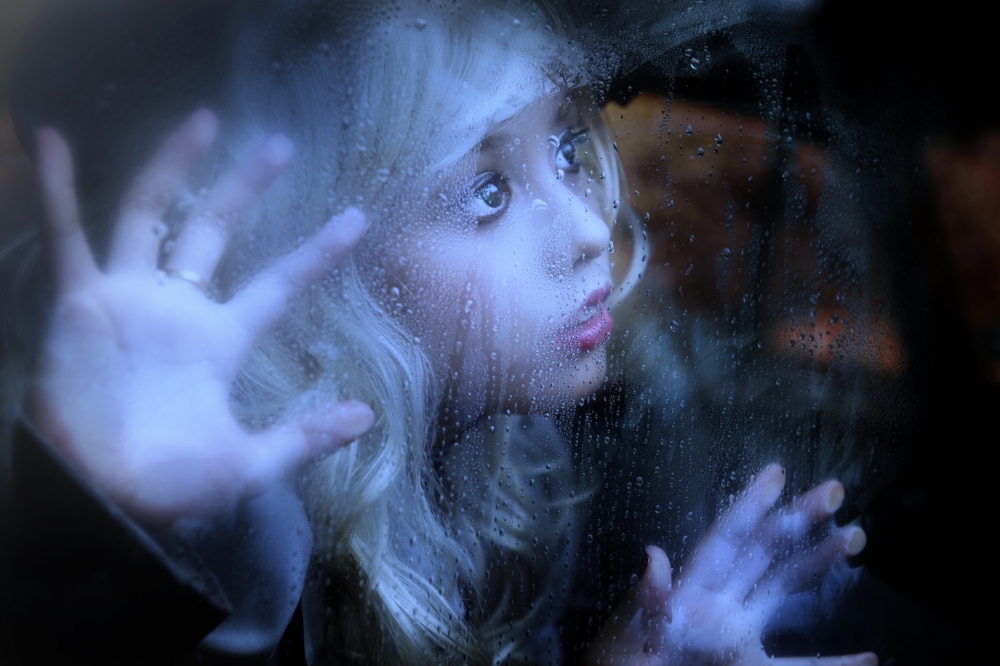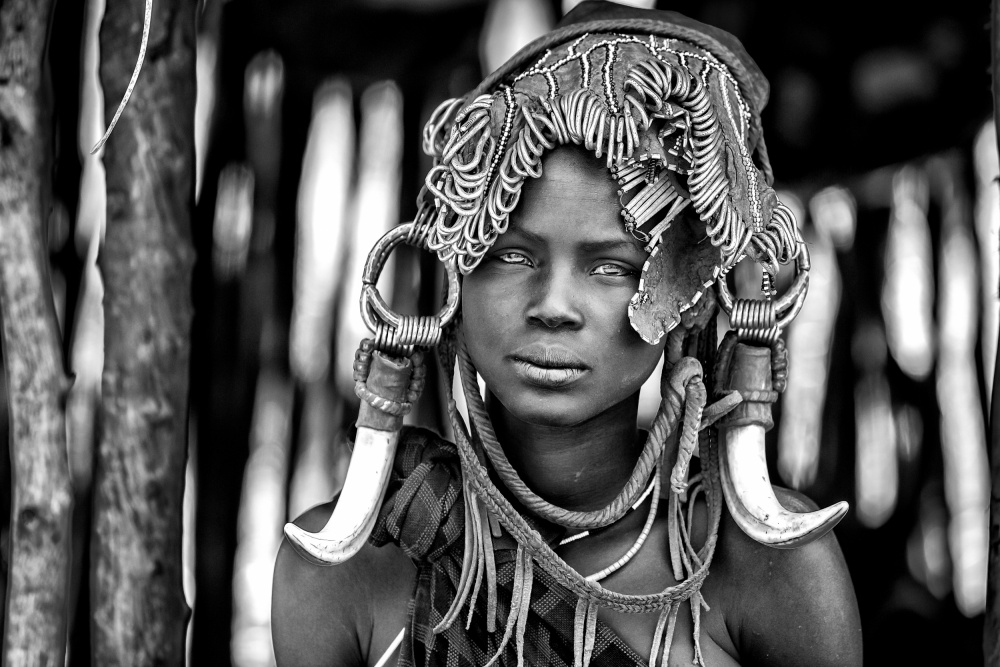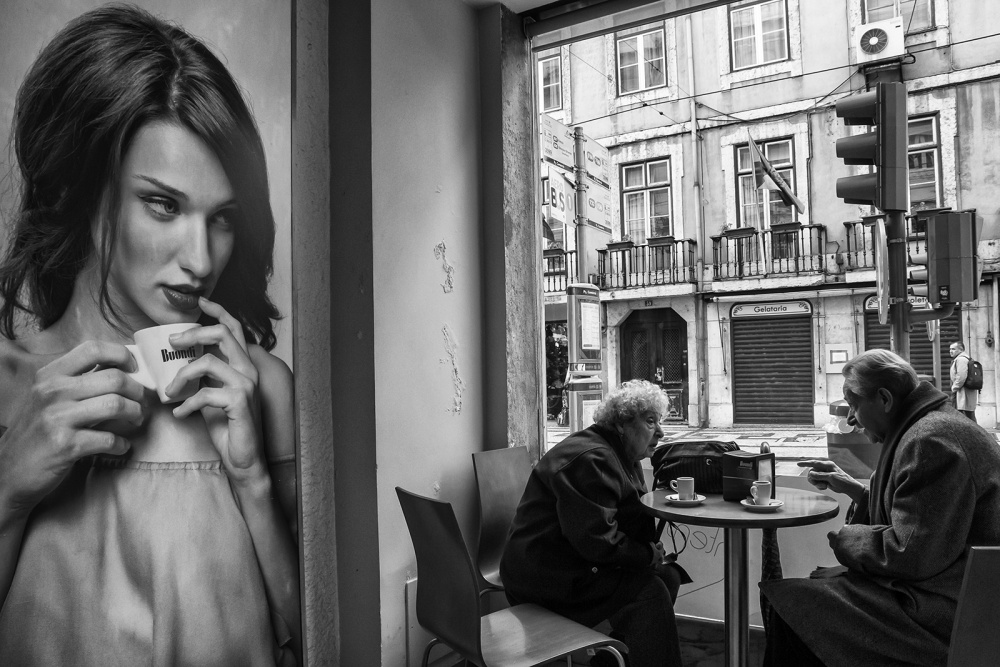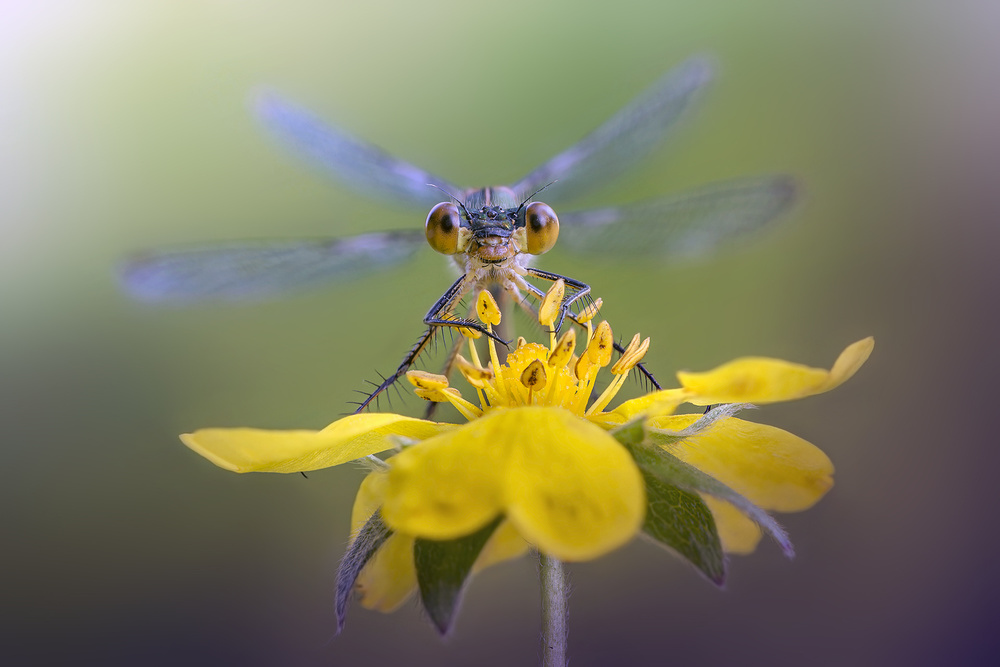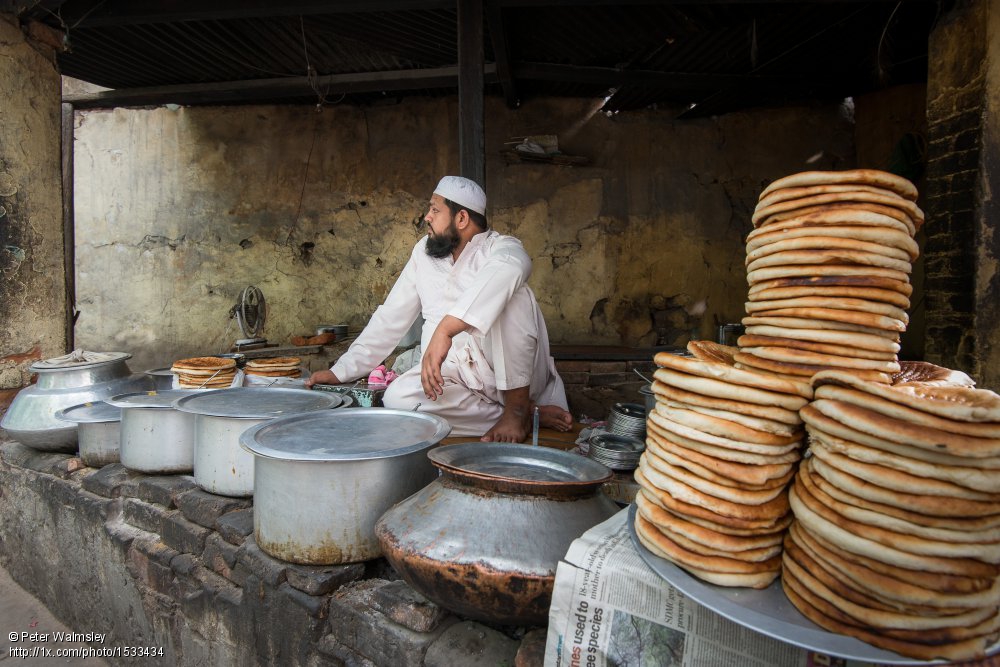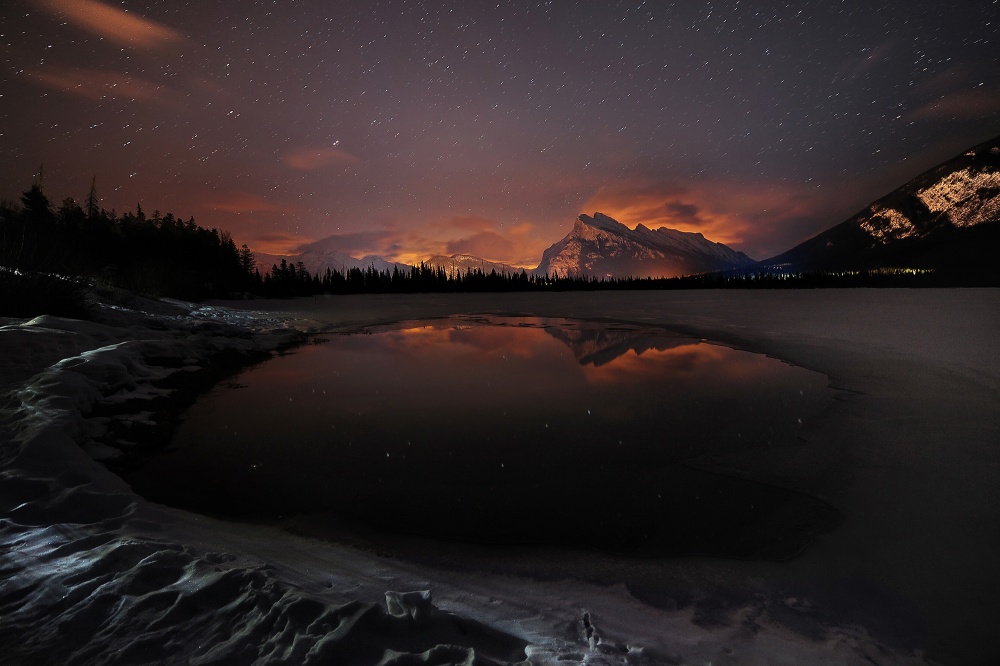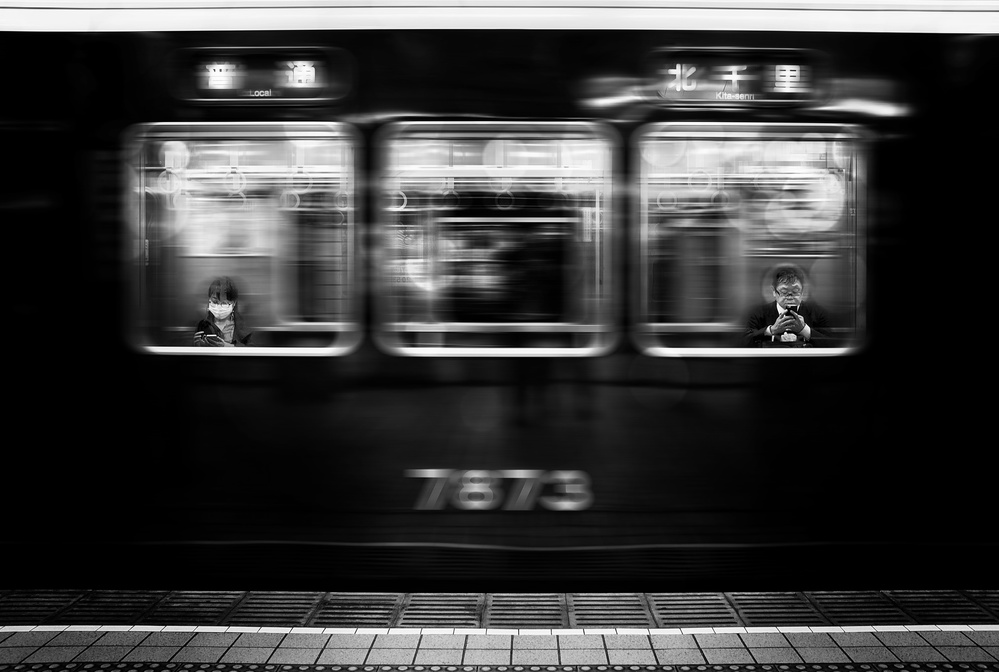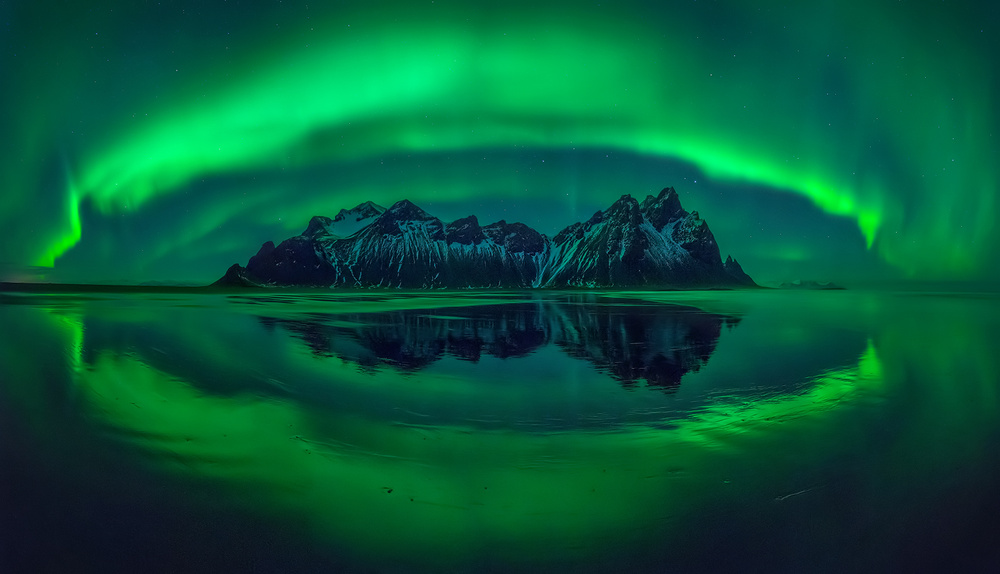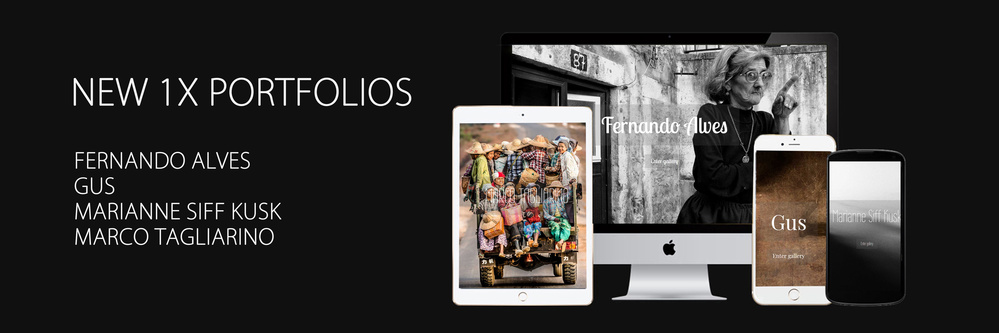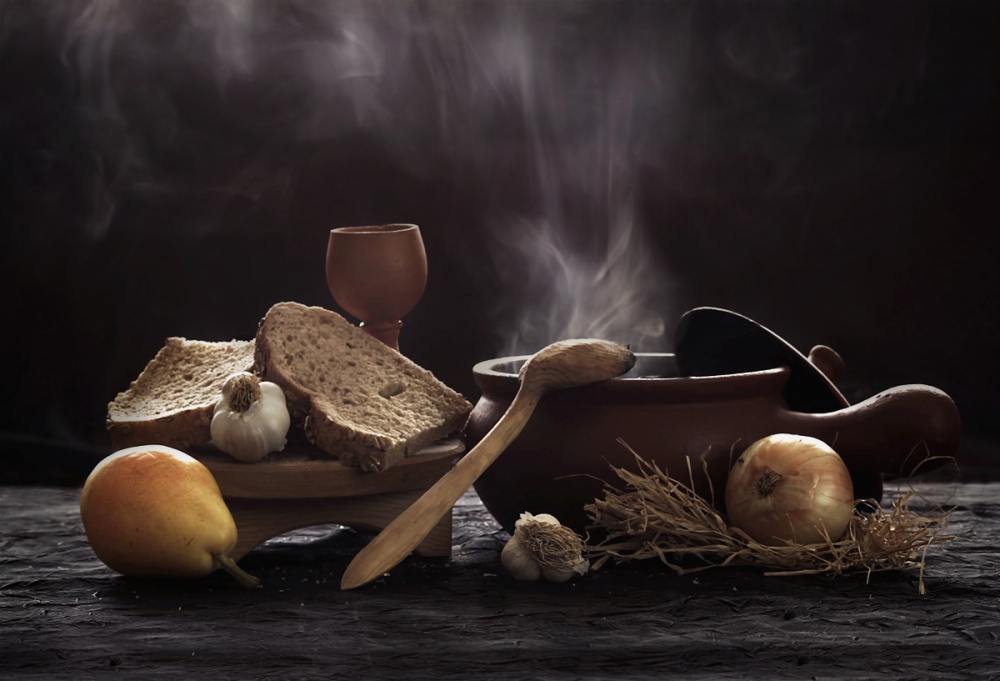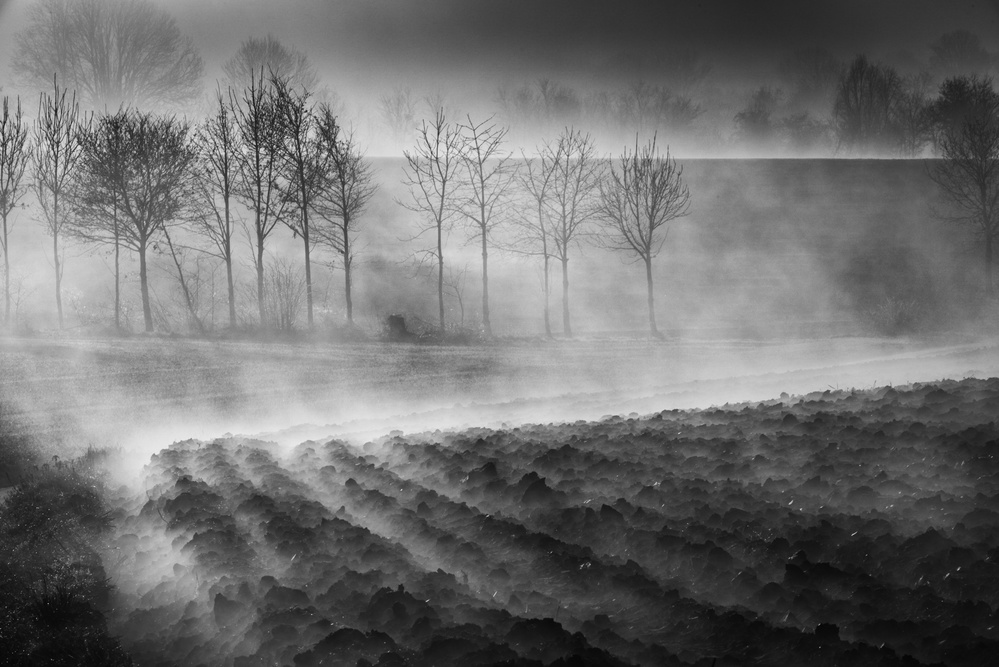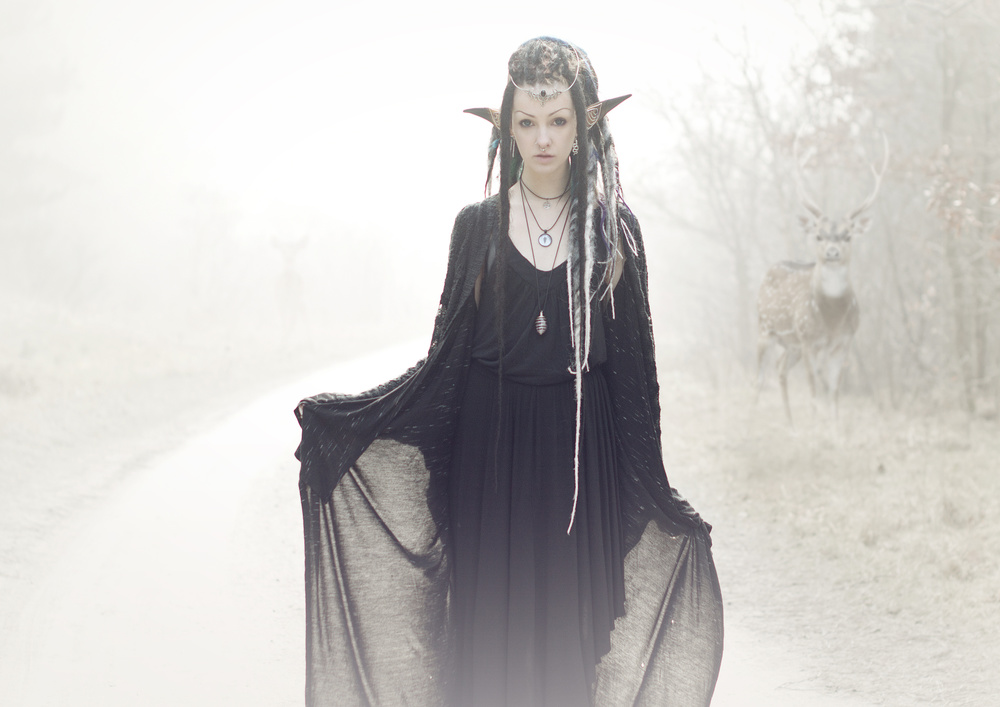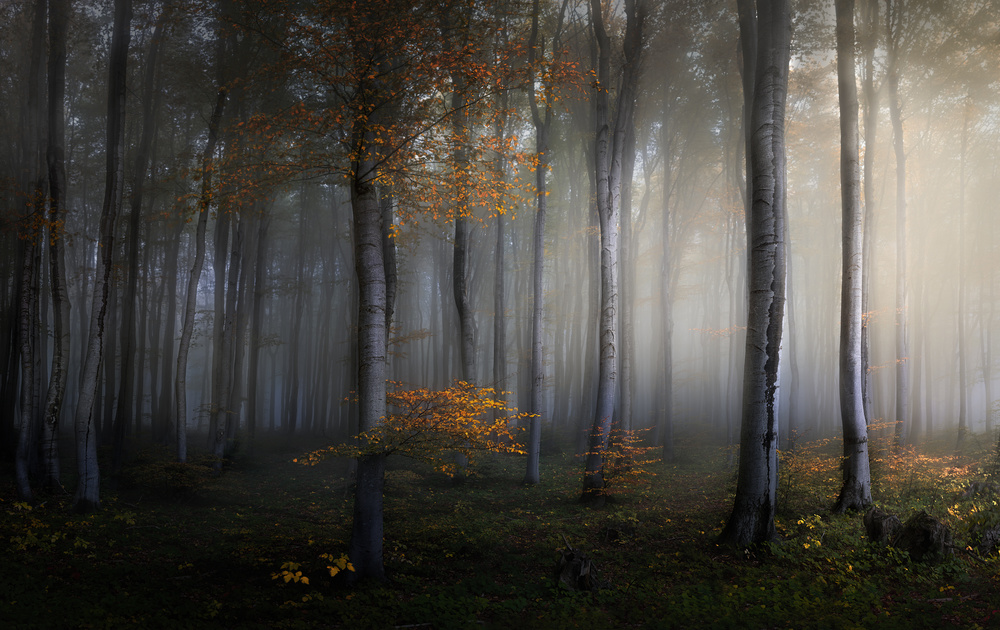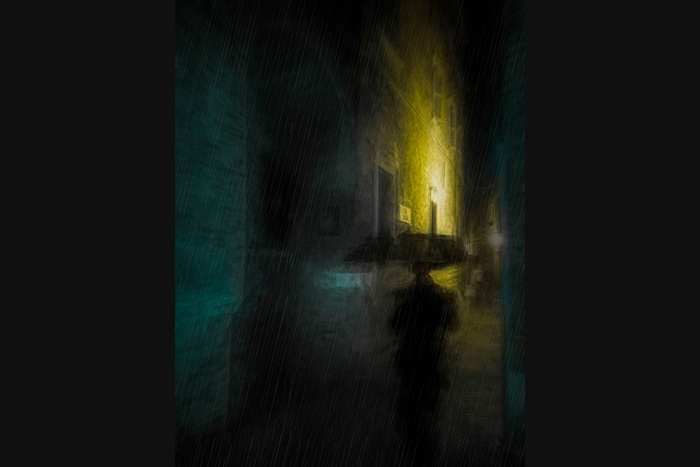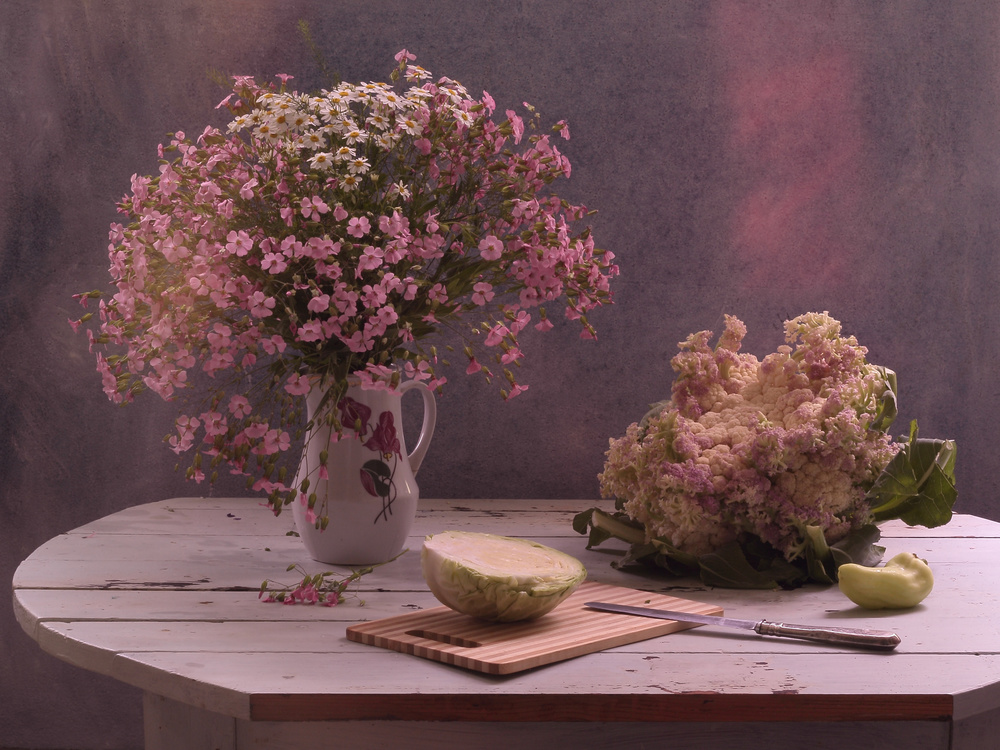Tips & Tricks
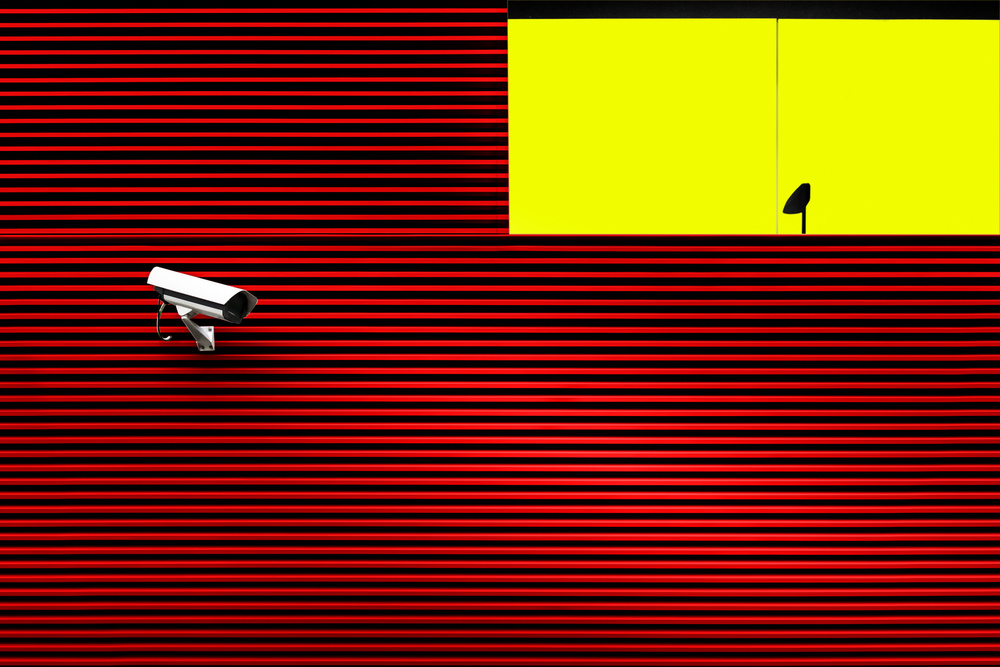
Marc Huybrighs: Photographer of the week
1x Blog-Tips & Tricksby Editor Yvette Depaepe
Marc Huybrighs always has been fascinated by photography but in 2013 there was a turning point for him. He bought his first DSLR and followed evening classes in photography. Since then it became a part of his life. Marc masters architecture and abstract photography at a high level. The line where the photographic registration stops, and the artistic starts is an evolution that Marc likes to use in his work. For him, the visual impact at first sight is essential.
Let's listen to what this talented photographer wants to tell us in this most interesting interview.
Briefly tell us about yourself, your hobbies and other jobs.
To introduce myself. My name is Huybrighs Marc born and living in Belgium since 1965. I am married for 28 years and father of a son and a daughter. For my job I work as a measurement and control technician for a multinational steel company. My leisure time I fill with tennis, swimming, cycling, gardening, photography and fun things that make life enjoyable.
How has your history and life experiences affected your photography?
Which are your most important experiences that has influenced your art?
My interest in photography has always been there. But I bought my own camera only in the 90s. This mainly to capture family photos. My first compact camera was then still analogue. In 2003 I bought my first digital compact. Digital photography was still in its infancy. With a sensor of 4MP I was already satisfied. After a few intermediate steps I then bought a DSLR in 2013. To know all about the technique, I also immediately registered me to take photography lessons. So that I also knew what all the buttons on the camera are used for. It was a time of much experimenting with the possible settings. But it worked out very well.
The substantial change in my work came with advanced use of digital image processing. It has greatly increased my possibilities.
It is now easier to adjust brightness and colour locally in the images. Or even work with multiple images. For making abstract images this is a very useful tool. So that the result can be fully adjusted to your needs.
What first attracted you to photography?
In my younger days there was a photographic effect I was fascinated by. The shallow depth of field in a picture. It is something we can’t observe with the naked eye. Because the eye is always focusing to the subject. We can’t focus to the shallow depth. When we do it becomes clear. We must take an image to see the blurred parts. It’s an effect that helps create atmosphere in an image and isolate the subject.
Strangely enough, it is now an effect that I usually do not want taking architecture / abstract photos.
Describe your overall photographic vision.
As with many things, photography also evolves. The registration of images has evolved into an art form that may deviate from reality. The line where the photographic registration stops, and the artistic starts is getting thinner. It is an evolution I try to use in my images. The most Important for me in a picture is the visual impact at first sight. This can be in all kind of forms of the photography.
Why are you so drawn by Abstract & Architecture Photography?
The interaction of lines, shapes, light and colour fascinates me. It fascinates me to bring all these aspects together within a framework and to find out how to make a good composition with the right balance. These aspects are easy to find in modern architecture. Making it a much-photographed subject for me. Also, in landscapes I am always looking for interesting lines and compositions. Like so many photographers.
What is more important to you, the mood, /story behind your images or the technical perfection?
In the branch of abstract & architecture, technical perfection is a point that I always strive for. Although perfection is out of this world. Fortunately, there is still Photoshop to eliminate the imperfections. But technical perfection isn’t enough. Mood is also an important ingredient which I create to play with the light.
Do you prepare carefully the locations where you are intending to photograph?
Most of the time I take my camera with me when I go on holiday together with my wife visiting a city. We explore the city together and meanwhile I take pictures of things I find interesting.
Or I go on my own when I discovered a place which is interesting.
From time to time I also go on photo shoot together another photographer(s). Then we choose a place that’s interesting and we make a fun day of the event.
What gear do you use (camera, lenses, bag)?
For the moment I use a Nikon D5300 in combination with a Nikon 16-80mm F2.8 - 4.0 lens.
I also use following lenses and gear.
Macro Sigma 105mm F2.8
Nikon 35mm F1.8
LEE 100mm filter system, big stopper, 09ND soft grad, landscape polariser
3 tripods in varied sizes
1 travel bag (thinktank commuter)
1 backpack
What software do you use to process your images?
For editing I use lightroom classic cc, Photoshop cc with the plug-ins Nik collection, Raya pro and instamask
Can you tell us something more about your work flow?
When I shot a series of pictures I first import the RAW-files into lightroom. Organized by date and event. Select the photos with potential. Do some small corrections like lens correction and light. Then I pick a photo I want to work with in Photoshop. First thing I do in Photoshop is adjust the composition. So, I have a basic image to work with. After then I let my mind go and try things out. The outcome is not defined.
What is your most important advice to a beginner in Abstract & Architecture Photography and how do you get started?
Learn how to make a good composition. Observe your object from different point of views. Search for guiding lines and a strong element. You can also rotate the camera to make the lines match. Choose your shooting point so the elements melt together. Once you have an image with a good composition use your creativity to make the image at your taste. Photoshop is a very useful tool to create.
Who are your favourite photographers and more importantly, how has your appreciation of their work affected how you approach your own photography?
I like to look at the work from other photographers. They all have their own approach and taste. It inspires me to see how they achieved their result. There are a bunch of favourite photographers, but If there is one photographer who had affected my work a lot I have to name my former school teacher Gilbert Claes (gilclaes). The way he turns ordinary things into an artwork is admirable. He also encouraged me to put my work on 1X. which I don’t regret.
Is there any specific photo taken by another photographer that has inspired you a lot and why?
Yes, one particular image from Gilbert Claes titled "The window and the mirror"
I know the place where this picture was taken, and I also took some pictures at that location. But not that eye-catching. As I see what is possible to create such an image it triggered me to try things out to more creating images and use photos to create images.
Are there any specific directions that you would like to take your photography in the future or any specific goals that you wish to achieve?
You're never too old to learn. So, I like to improve my skills more in future in a process of continuous learning.
Describe your favourite photograph taken by you and why it is special to you?
When is saw this flowing curtain in a street in Brussels it immediately caught my attention. The old stately facade in combination with the looseness of the curtain was intriguing. Searching for the right angle and waiting for the right moment I could capture this moment. Giving it a moody look, I am very happy with the result. Although the image didn’t pass the curation.
Is there anything else you wish to add and what do you think about 1X as a home base for your work?
I still feel honoured to be a part of this 1X community. Mostly every day I look at the front-page of this inspiring website and enjoy the high quality of the presented images.
A big thanks to you Yvette to have made this opportunity possible.
. '

